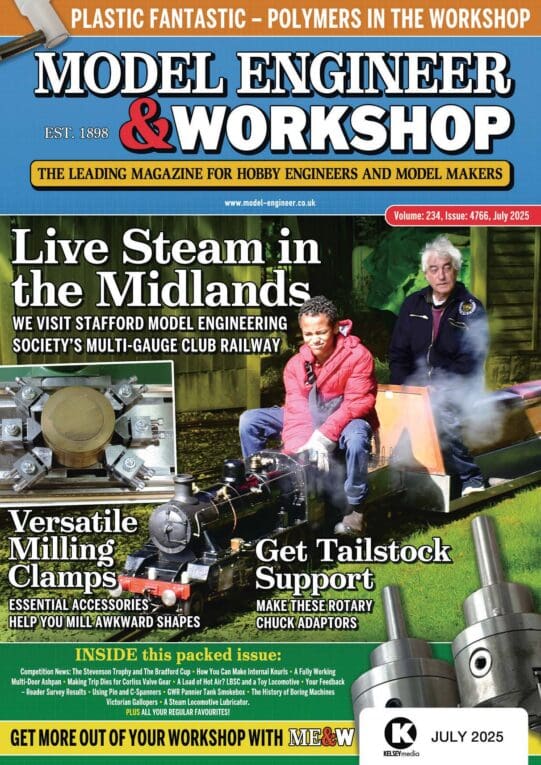Magic numbers, my thoughts;
We want to build a boiler. We know it’s physical dimensions and the pressure we want to operate. The absolute minimum theoretical shell thickness considering pressure alone will be that thickness that produces a circumferential stress in the cylinder that is equal to the UTS of the material we want to use (ignoring distortion as it has to distort before failure if it is a ductile material). Using that thickness to build the boiler will result in certain failure when it exceeds operating pressure. But wait, we are required for the first pressure test on the shell to pressurise it to twice working pressure, we can’t do that, it will fail, so actually to guarantee a pass we need to use a thickness of our material that will resist a pressure of 2xWP +1. I suggest +1 because we want the absolute minimum thickness at which we can pass the 2xWP test with certainty. We already have 2 magic numbers, my arbitrary +1 because I wanted to be certain it wouldn’t fail at 2WP and in fact the multiplyer of 2 for the test pressure, who decided 2 was the optimum number? Whatever, we now have a minimum strength thickness for our boiler that will resist a 2xWP test. It is already twice as strong as it needs to be based on material strength alone to be operated once at its design working pressure.
We now need to consider the other properties of the material we wish to use outside its basic UTS (or YP), it’s resistance to corrosion, creep, ductile properties, susceptibility to fatigue, behaviour at elevated temperature at the same time as considering how long we want it to last, how many pressure cycles will it go through in its design service life, what external stresses or other stress raisers is it subjected to? For each of these considerations we can assign a correction factor (magic number) or limiting factor through modelling or calculation to define the minimum operating thickness. We don’t have the luxury of being able to ask Mr Greenly to explain how he arrived at his magic number of 8 but as it provides a result that is close to the alternative proposal I am assuming there was some science behind it, suggested by the results of the two methods being close to each other.
Personally I like magic numbers, I wouldn’t be happy with a plane, train, boat, bridge etc having a magic number of 1 for design strength and with systems that have a poor FMEA, ie single point of failure.
The sole advantage proposed for the YPM appears to me to be ensuring there is no distortion when the 2xWP test is applied and the material remains in its annealed state. But as the results in terms of thickness correlate quite closely between the UTS and YPM is there a fundamental issue?
I can’t comment on the Aussie code, I don’t have it and thus haven’t read it.
On Lez’s point re RIDDOR, I am very familiar with it and Duncan is correct the definition of workplace is a very grey area and as various individuals have found to their cost the fact they were operating in a volunteer environment for no financial reward is no defence and Courts have ruled in favour of HSE in some instances even where the public were not present. I mentioned RIDDOR as one example of why an incident would be reportable. That is a separate discussion though and a distraction from the YPM debate.
As for holding the hobby back, I have no issue with modern manufacturing methods or using available technology to assist design. The EU accept stainless steel for boilers, the UK should review this. My criteria for change is it needs to bring clear and tangible benefit over what we had before. With the small difference in results even ignoring Luker’s points I am on the fence. If a notified body (that is after all who will approve our design) accepts this is the future direction then I will happily comply.
Paul.
 lezsmith.
lezsmith.



